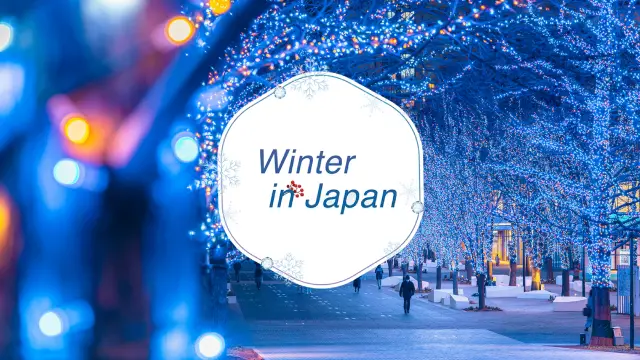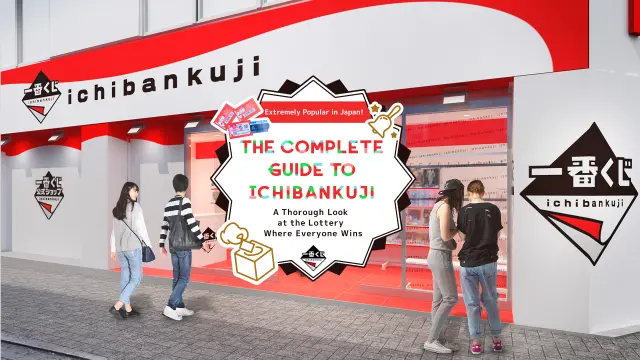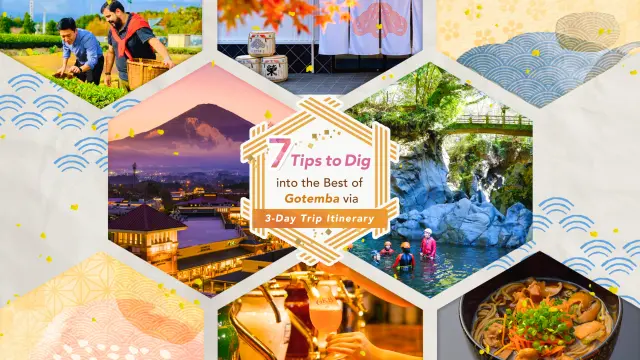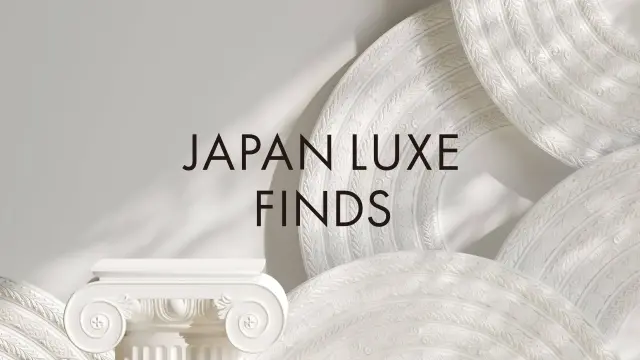It's a bit different from your typical tourist spot, but if you're into history, culture, education, or architecture, this place is definitely worth a visit.

Verified [Verified] denotes information that has been published with confirmation of its owing parties.
Nagasaki Confucius Shrine (Koshibyo)
An authentic Chinese-style mausoleum dedicated to Confucius is known for his "Analects." The magnificent Chinese architecture is also the venue for a variety of events.
The only full-scale mausoleum in Japan was built in 1893 in cooperation with the Qing government of China and overseas Chinese residents in Japan. Originally used as an elementary school for overseas Chinese living in Japan, the Confucius Mausoleum was later dedicated to the relics of Confucius. Confucius, the founder of Confucianism, is known as a Chinese philosopher and God of learning.
The mausoleum is a noble Chinese building full of traditional beauty. The gate (the main gate inside the sacred Shrine) is decorated with a blessing bringing Fukurokuju (a statue of Buddha) and dragons, phoenixes, and Qilin on the roof. The statue of Confucius enshrined in the main hall, and the stone statues of 72 sages of Confucius' disciples lined up in front of the Daiseiden-hall were imported from China.
Many people visit to see traditional performing arts such as "Henmen" and "Jaodori," one of the events of the "Nagasaki Lantern Festival." When the Shrine is open at night, it is lit up with lights and lanterns, giving the Nagasaki Confucius Shrine a fantastic atmosphere at night that is different from that of the day.
The Historical Museum of China, located next to the museum, permanently exhibits national treasures from the collection of the National Palace Museum in Beijing and other museums. The exhibits are changed several times a year and include valuable masterpieces.
Highlights
-
Henmenshi-performer, who inherit the traditional Chinese performing art of henmen, belong to the Nagasaki Koshibyo Mausoleum and henmenshi-performers perform at events.
-
The seated statue of Confucius is one of the largest in Japan, standing 2 meters high.
-
There is an incense stick prayer (500 yen) to pray at the eight power spots in the Confucius Shrine.
-
Visitors who purchase incense or candles (200 yen each) in the Daiseiden Hall can receive a prayer card for success if they wish.
-
On the first floor of the Museum of Chinese History, goods and lucky items unique to the Confucius Shrine are on sale.
Photos
-

Normally closed Gimon-gate
-

Interior view of Gimon-gate
-

Dragons and phoenixes on the roof of the Gimon-gate
-

72 sages of Confucius'
-

Taiseiden-hall ©Nagasaki Prefecture Convention and Tourism Association
Reviews
Some reviews are AI-translated.
-
-
Even though Confucius was Chinese, the Japanese really respect him too. During the Nagasaki Lantern Festival, this place looks especially beautiful.
Details
- Name in Japanese
- 長崎孔子廟
- Postal Code
- 850-0918
- Address
- 10-36 Ouramachi, Nagasaki City, Nagasaki
- Telephone
- 095-824-4022
- Holiday
- Open every day
- Hours
- 9:30am - 6:00pm
- Admission
- Adults 660-yen, high school students 440 yen, elementary/junior high school students 330 yen
- Directions
- 3 min. Walk from Ishibashi Tram Stop.
- Credit Cards
- Not accepted
- Website
- Official Website (Japanese)
Check also...
Please cooperate with this survey.
Thank you for your cooperation with the survey.
Recommended for you
-

Winter in Japan 2025
-

The Complete Guide to Ichibankuji
-

Top Recs for Niche Travel in Japan
-

Mt.TAKAO+one
-

Prince Snow Resorts Feature
-

7 Tips to Dig into the Best of Gotemba
-

Unique Experience in Kansai
-

The Best of NIPPON47
-

Kansai’s Hot Springs
-

A Guided of Bridge Connecting Honshu and Shikoku
-

Kagoshima Responsible Tourism
-

Exceptional Japan Finds






![Dejima (Nationally-designated historical site [Former Dejima Dutch Trading Post])](https://static.gltjp.com/glt/data/directory/13000/12472/20211224_112721_22463370_w640.webp)



